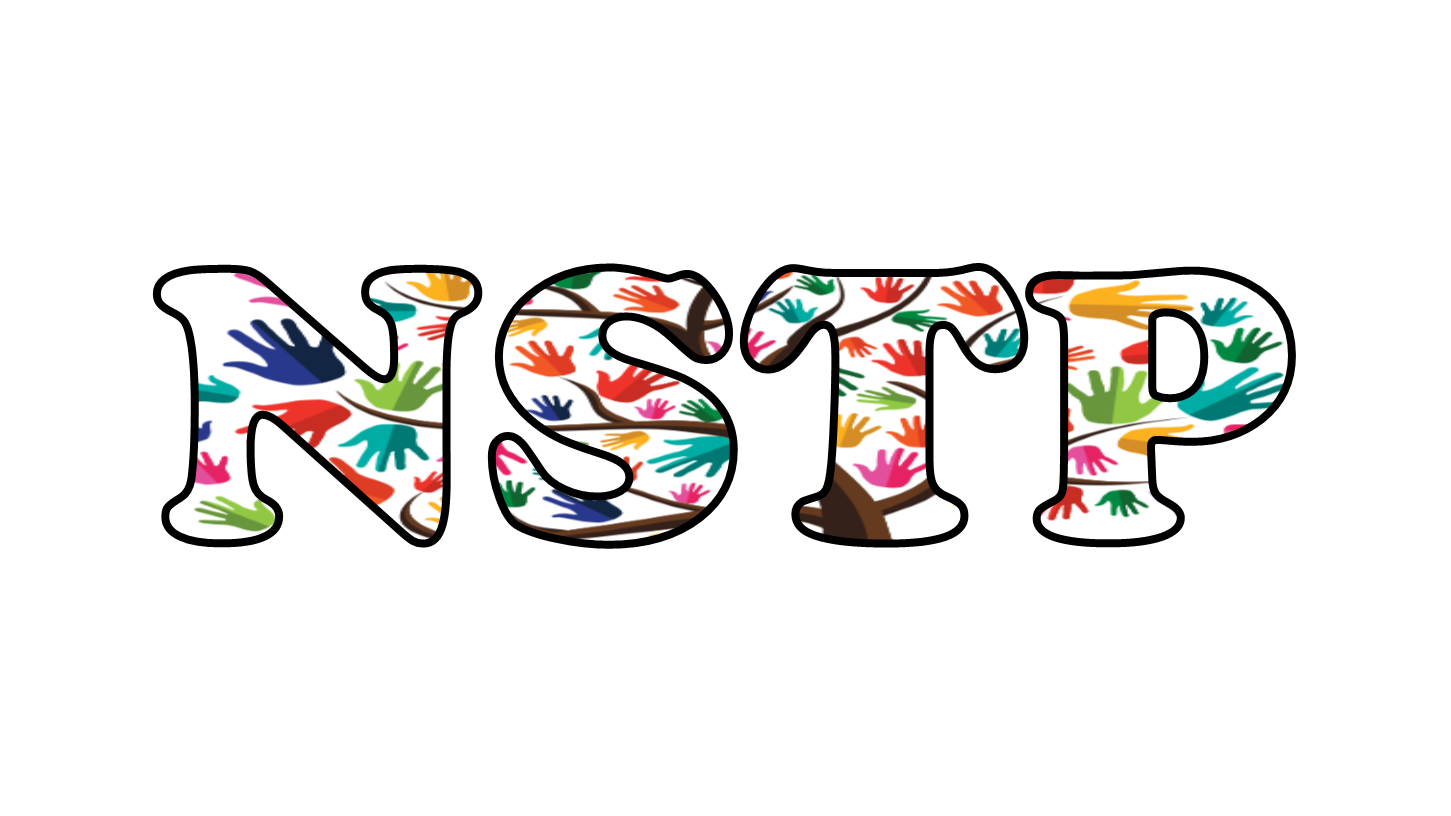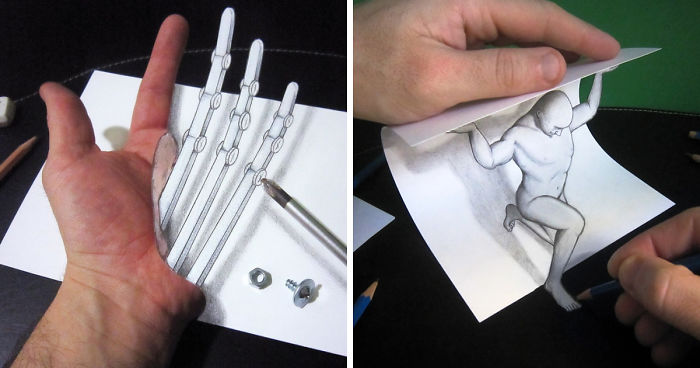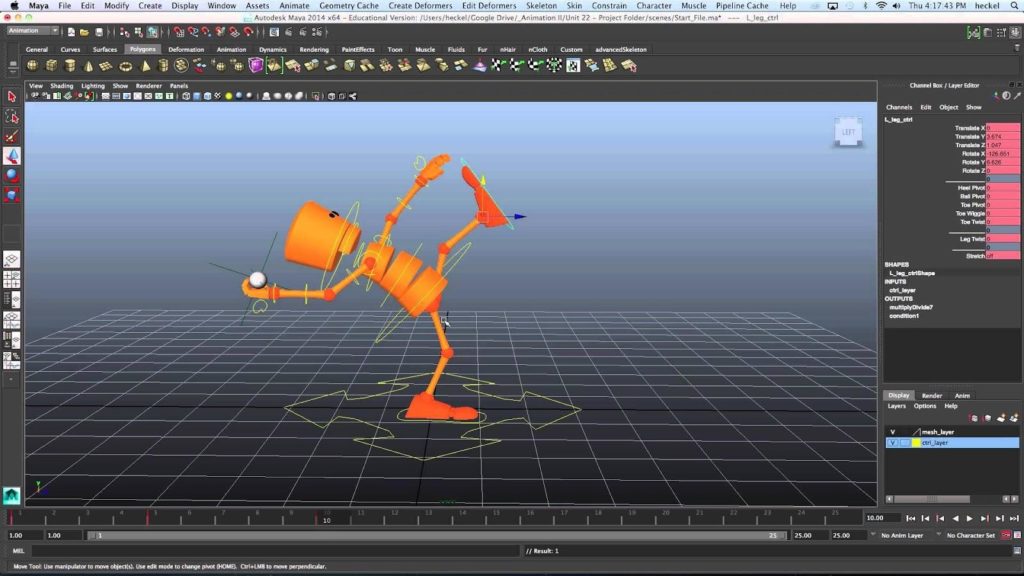The Civic Welfare Training Service (CWTS) 2 is the second and last phase of the CWTS Program. While CWTS 1 provides the basic orientation for community service and involvement, the CWTS 2 focuses on concrete project implementation activities with partner communities in the areas of health, education, environment, safety, entrepreneurship, recreation and moral of the citizenry and other social welfare service. It is designed to immerse students in activities that will arm them the capability to contribute in the upliftment of the general welfare and the quality of life of the community and the enhancement of its facilities especially those that are devoted to improving the health, environment, entrepreneurship, safety, recreation and morale of the citizen.

- Teacher: Princess Jenan Kasuyo
Intended to develop foundational skills for animation and other multimedia applications, this course deals with the concepts and practices necessary to visually articulate three-dimensional life forms. Topics include the human anatomy, contour lines, value, gesture, proportion, figure-ground relationship and composition.

- Teacher: Princess Jenan Kasuyo
This course aims to provide students an overview of the fundamental theories and concepts of human-computer interaction (HCI). Students will gain theoretical knowledge of and practical experience in the fundamental aspects of human perception, cognition, and learning as relates to the design, implementation, and evaluation of various interactive systems and user interfaces based on the capabilities of computer technology and the current human–computer interaction principles.

- Teacher: Princess Jenan Kasuyo
Planning, design, and production of interactive offline and online games preferably for social development. It also includes learning theories and principle. Students are equipped with skills in game design, storyboarding, animation, scripting, etc.

- Teacher: Princess Jenan Kasuyo
Planning, design, and production of interactive offline and online games preferably for social development. It also includes learning theories and principle. Students are equipped with skills in game design, storyboarding, animation, scripting, etc.

- Teacher: Princess Jenan Kasuyo
This is a production course focusing on the aesthetic and communicative aspects of film and video production. Exposing students to a wide range of films, the course provides students with tools and skills relevant to the pre-production (i.e. storyboard and shooting script), production (i.e. direction, cinematographic techniques), and post-production (i.e. non-linear editing) phases in the creation of compelling video narratives.

- Teacher: Princess Jenan Kasuyo
This course introduces the unique challenges of longform storytelling, and helps students develop strategies for approaching long projects, either screenplays or novels. It is designed to develop, improve, and professionalize students’ reporting, story development and storytelling skills -- from the discovery of subject matter and characters to the creation of a well-told news story.

- Teacher: Princess Jenan Kasuyo
This course reviews the principles of classic animation and 3D modeling and applies them to animating virtual objects and environments in the 3D medium. It aims to equip students with the skill of visual storytelling through the interpretation of narrative and movement via 3D animation techniques. Topics include basic rigging, key framing, timing adjustments, rendering.

- Teacher: Princess Jenan Kasuyo
This course introduces students to the principles of video and audio editing through the use of current non-linear editing software and technologies. Topics include the concepts of invisible rhythms, screen direction, cutting-to-continuity, thematic montage and the elements of style.

- Teacher: Princess Jenan Kasuyo